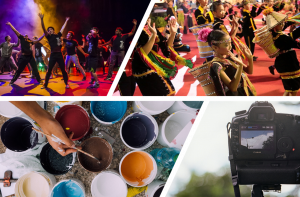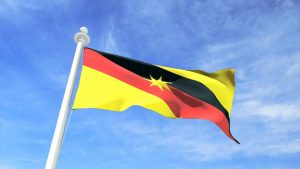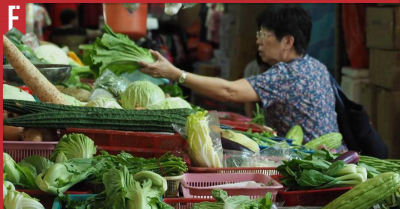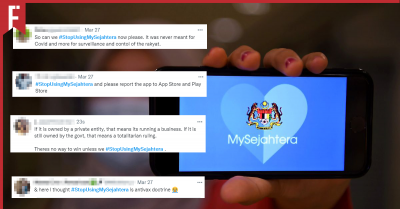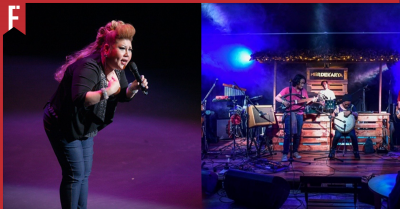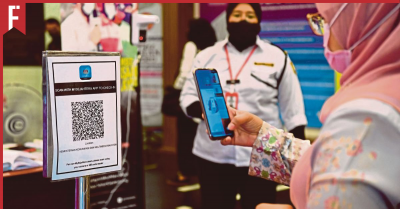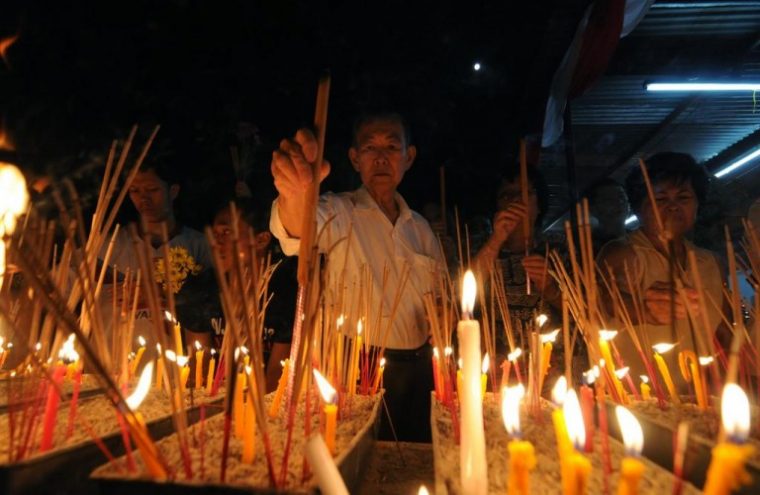
One of the things that makes Malaysia so special is the sheer variety of people living here. Compared to many other countries, we are a melting pot of different races, religions and cultures.
Whether you’re Chinese, Malay, Indian or “lain-lain”, we Malaysians make it a point to celebrate everyone’s holidays and festivals… even if we don’t take part in them personally. This includes not only the big celebrations like Chinese New Year or Hari Raya but also many other holidays such as Wesak Day.
Of course, while I’m sure that we all enjoy an extra public holiday, how many Malaysians actually understand what Wesak Day is about?
The Origins of Wesak
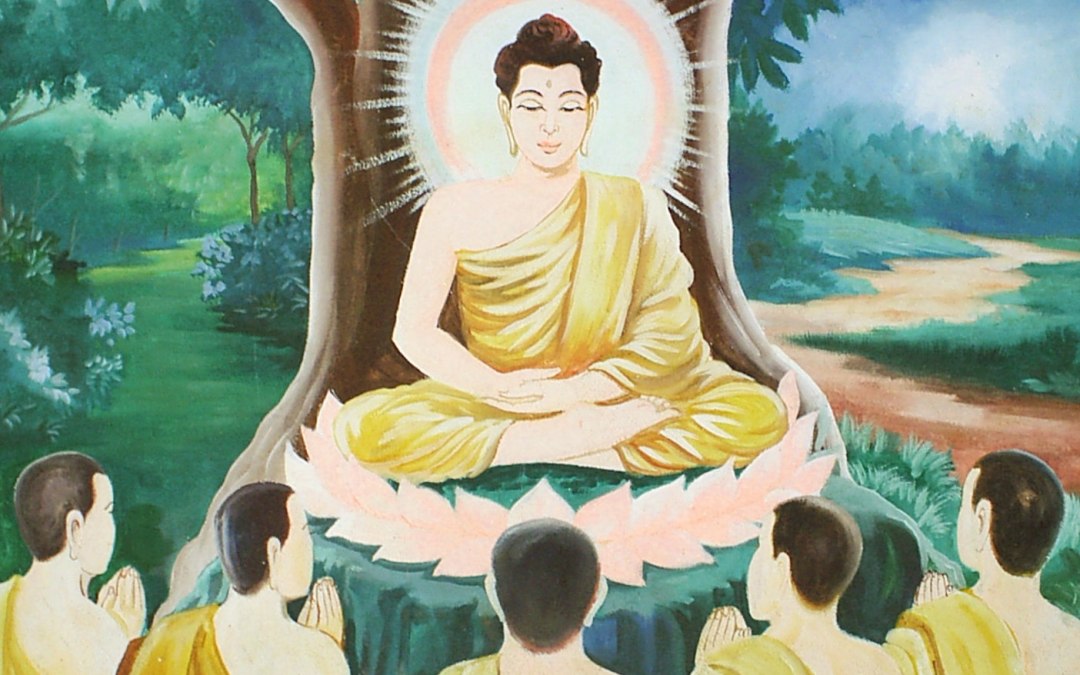
It’s very much ironic that despite being a Buddhist myself, I can’t remember the last time I properly celebrated Wesak Day.
Whether you call it Wesak, Vesak or even Wesakha, this holiday is special for Buddhists all throughout the world as it celebrates the birth, enlightenment and death of Gautama Buddha.
The story is that Siddhartha Gautama — also known as the Buddha — was a prince who realised that wealth and luxury could not grant true happiness. Leaving his family, he travelled as a holy man and eventually achieved enlightenment. The word “Buddha” isn’t actually a name but a title which means “the enlightened one“.
While the origins of this holiday has its roots in the distant past, the more modern celebration is surprisingly recent. The official ruling of Wesak Day as Buddha’s birthday was decided during the first World Fellowship of Buddhists conference held in Sri Lanka in 1950!
Wesak Around the World
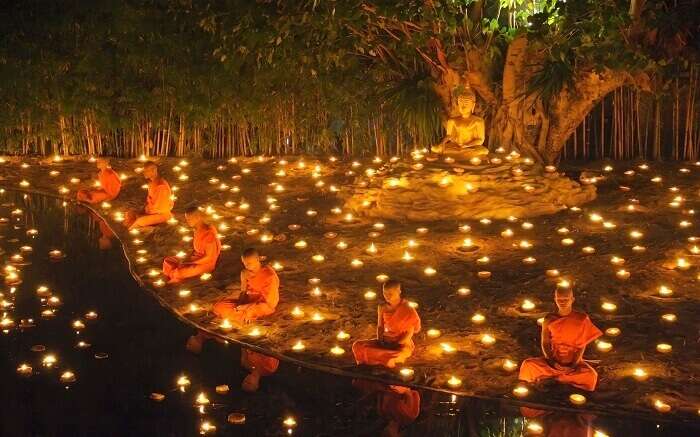
Just like Eid, the date of Wesak Day is determined using a lunar calendar. The celebration takes place during the first full moon of the ancient lunar month of Vesakha, which usually falls somewhere between May and June.
However, while most Buddhists follow this lunar calendar, the exact timing of Wesak Day will vary depending on which country you’re in. Some countries such as Japan and Taiwan don’t follow the moon but instead have fixed days for Wesak Day (8 April and the second Sunday of May, respectively).
Every Buddhist culture has their own unique traditions for Wesak Day, but here are some of the highlights:
China
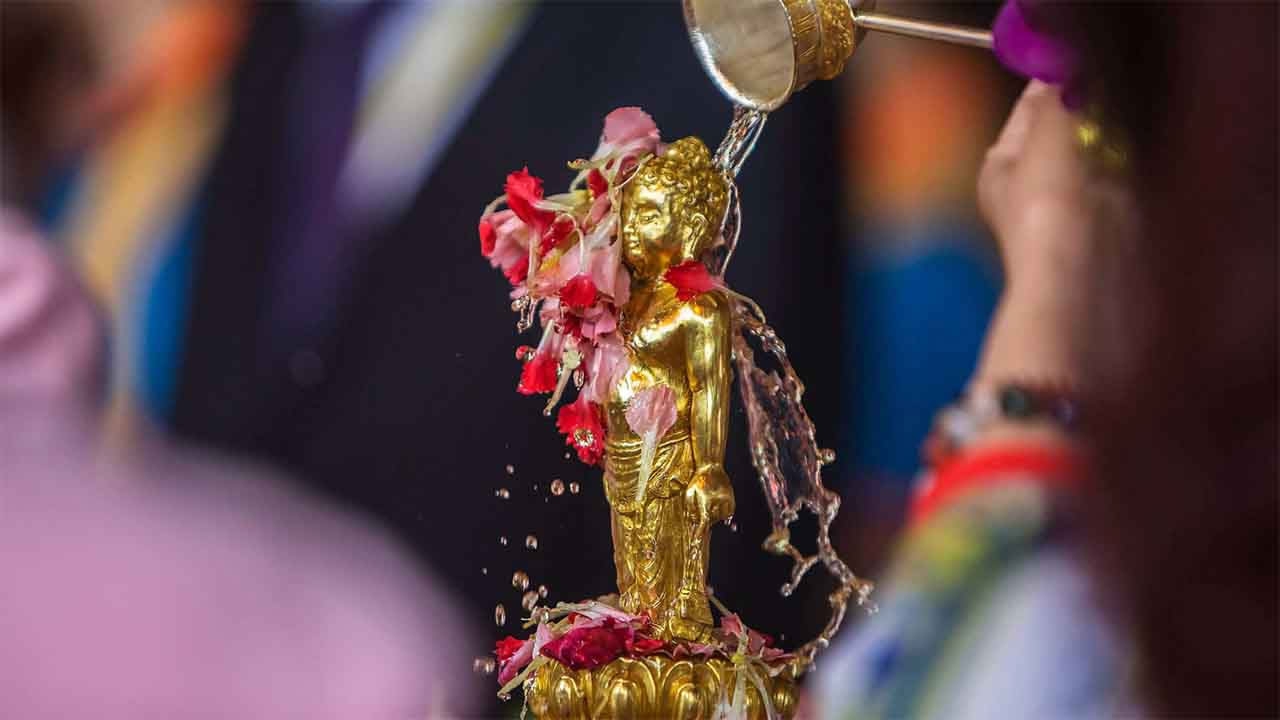
Despite officially being a secular country, China is home to the largest population of Mahayana Buddhists in the world — around 244 million people!
Their version of Wesak Day (known as fódàn) focuses on a ceremony called “Bathing the Buddha”. This involves pouring scented blessed water over a statue of the infant Buddha. Legend has it that when Buddha was born dragons spat out clear water to bathe him.
Japan
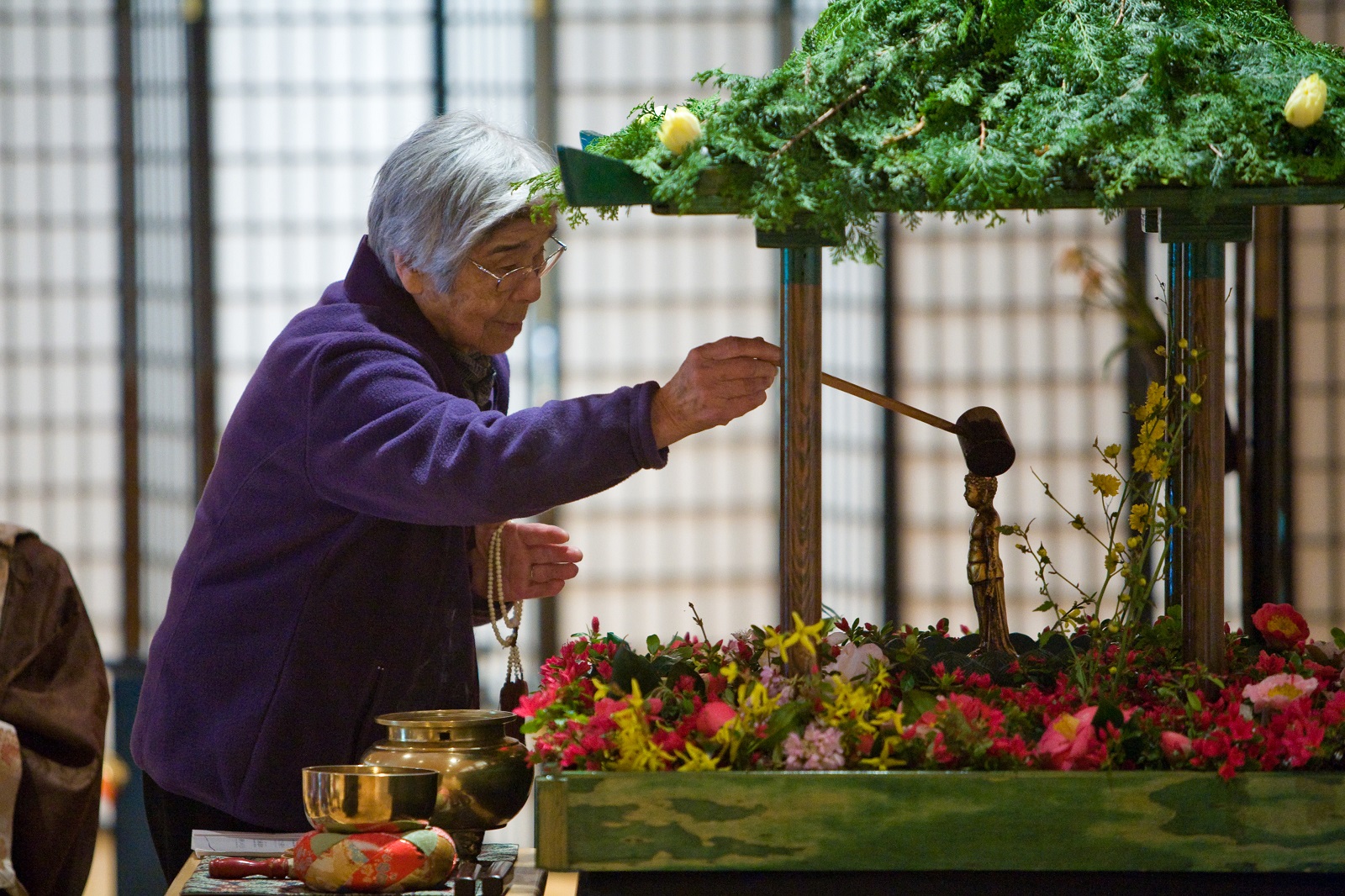
Japan’s version of Wesak Day has many traditions that revolve around the lotus flower. Followers are invited to temples in order to drape lotuses around the Buddha statue’s neck and wash him with ama-cha (a type of sweet tea made from flowers).
The main event is called Kanbutsu-e or Hana-matsuri (Flower Festival) and is held on 8 April to coincide with the blooming of cherry blossoms.
Thailand
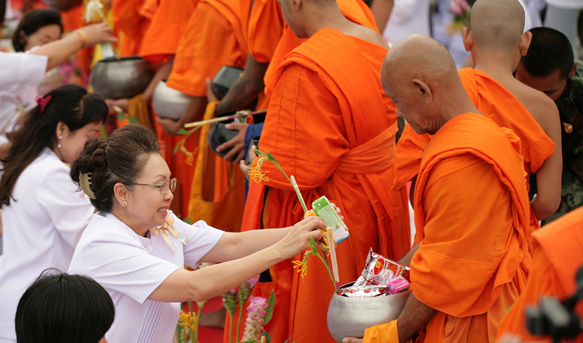
Thailand’s version of Wesak Day is called Visakha Puja. It is an official public holiday when people gather at the temples to listen to speeches and donate items such as food, flowers and candles — symbolising the importance of letting go of materialistic things.
At night, worshippers will walk around the temple while holding candles, flowers and incense. Many people also release animals such as birds or fish as a way to “let go” of bad fortune.
Indonesia
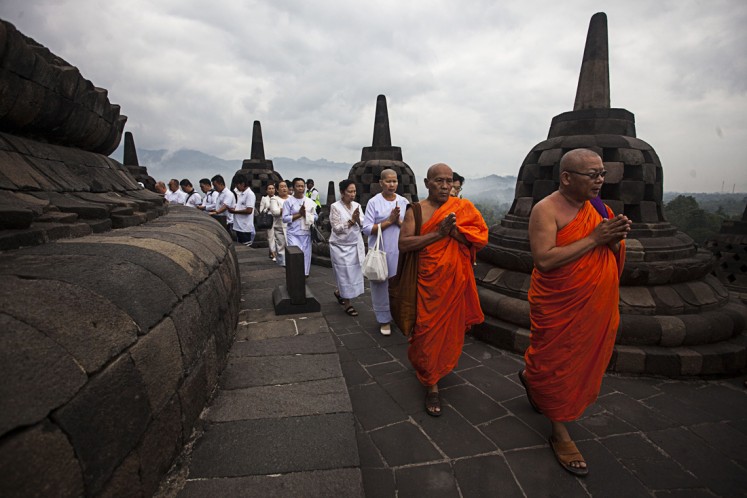
Indonesia is home to Borobudur, the world’s largest Buddhist temple. On Wesak Day (which they call Waisak), there is a big procession that starts from Mendut Temple (the country’s oldest Buddhist temple) and ends at Borobudur.
Before going into the temples, many worshippers also clean their statues of Buddha and perform good deeds such as visiting the elderly and giving donations to the needy.
South Korea
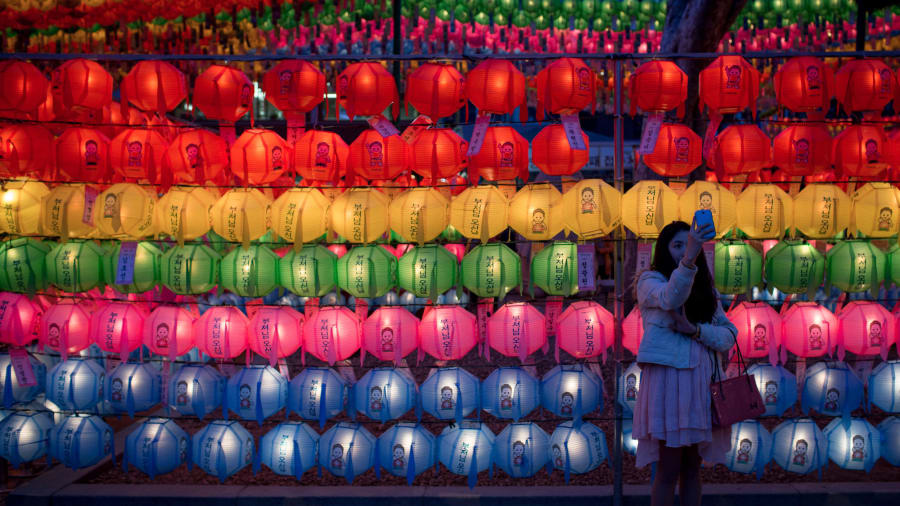
The South Korean version of Wesak Day is called Seokga Tansinil. One of the key features of this celebration is the use of lanterns. In the weeks before the celebration, people will hang brightly coloured lotus-shaped lanterns all over the temples and streets.
On the day itself, a big parade is held featuring many lanterns in the shape of colourful dragons and buddhák. During this time, many temples will provide free meals along with attractions like traditional games, mask dances and acrobatic shows.
Celebrating Wesak Day in Malaysia
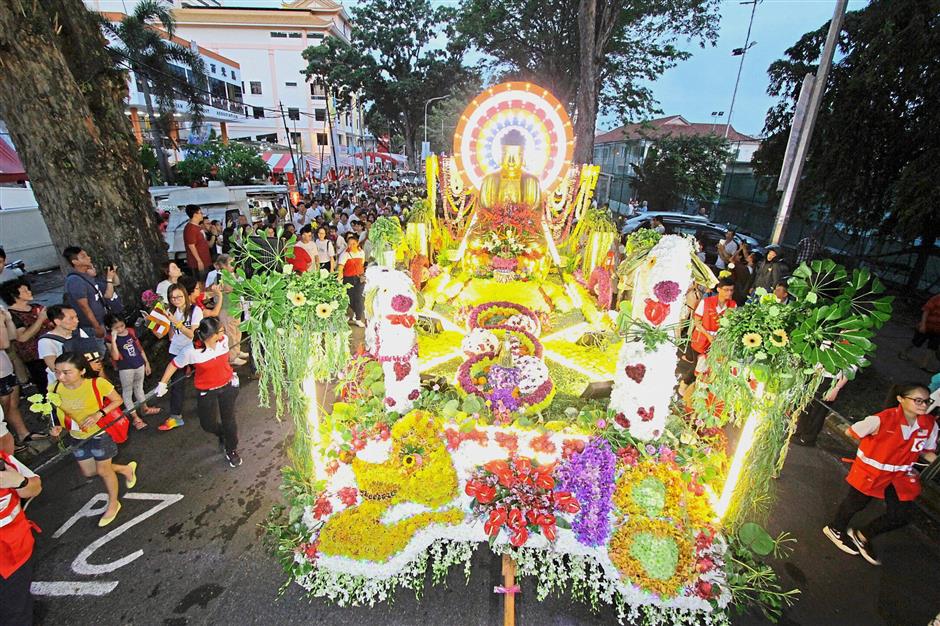
With over 5.4 million worshippers, Buddhism is actually the second largest religion in Malaysia behind Islam.
In Malaysia, the Wesak Day celebrations begins at dawn, when worshippers gather in temples to meditate on the precepts of Buddhism, perform prayers, make donations and perform other acts of kindness.
Many Buddhists will also wait in line to wash the statue of the Buddha, a ritual that symbolises cleansing and purifying your own soul. In the past, places with lots of worshipers like Georgetown and KL would also organise a parade — complete with lots of colourful decorations and big statues of Buddha!
But Everything Changed When COVID-19 Attacked
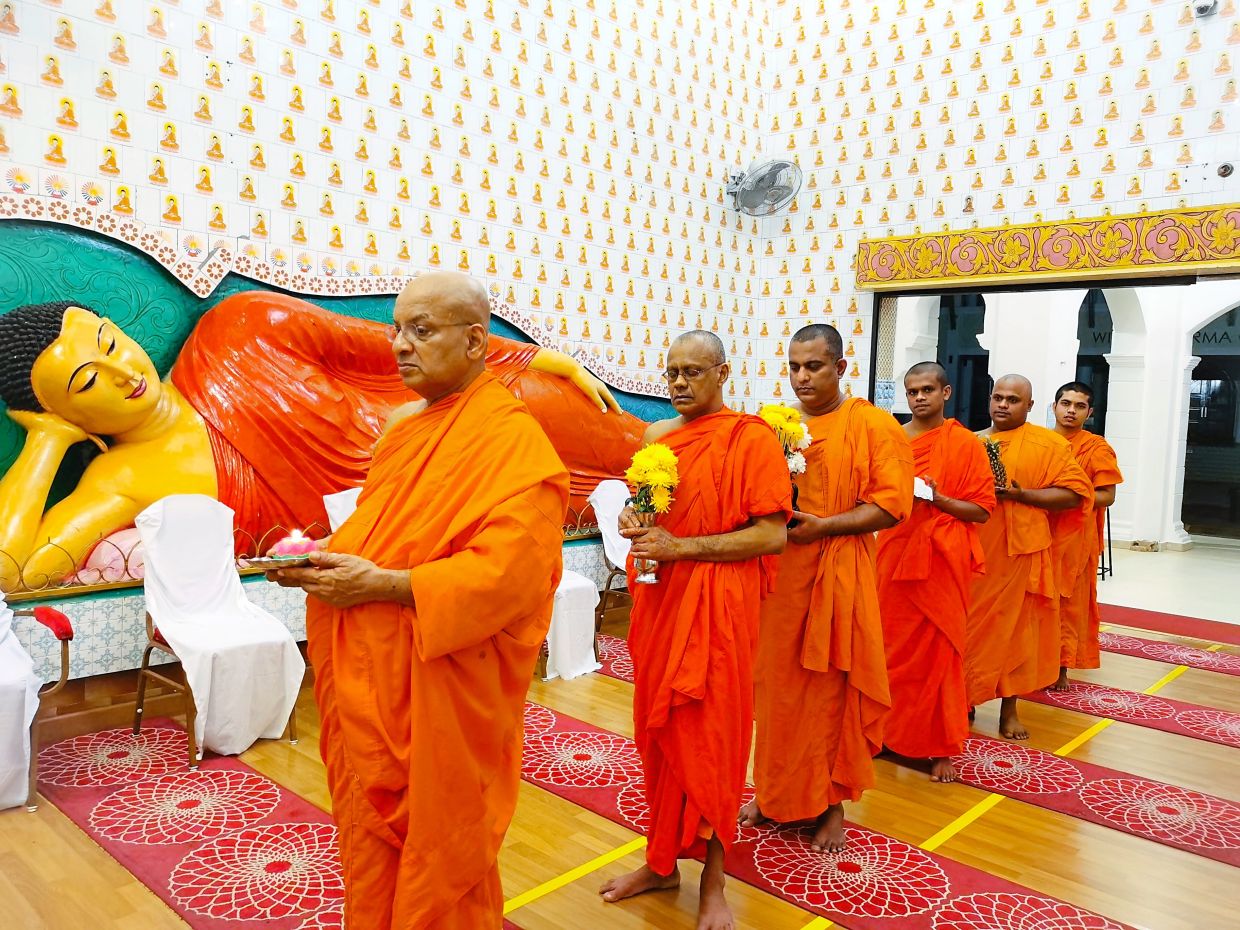
When the COVID-19 pandemic reached our shores last year, all the Buddhist temples had to shut their doors to the public in order to stop the spread. With the announcement of MCO 3.0, the same thing is about to happen again this year.
However, just because we can’t meet in person doesn’t mean that we’re planning to give up on our celebration. Over the past year, many temples have turned to social media in order to help their followers celebrate from the safety of their own homes.
“We are here to serve the people in unpredictable times. Even if people cannot come in person, we try to offer them ways to participate in the celebration using technology,” said The Most Venerable Datuk K. Sri Dhammaratana, the Buddhist Chief High Priest of Malaysia.
Sri Dhammaratana added that the internet has added many challenges — and opportunities — for the faithful.
“Sometimes 100-200 people come to the temple for service, while online 400-500 people participate, so we must be prepared to reach them in the future by new means,” he said.
“They have the opportunity to learn about the teachings of Buddha using modern technology, so we are planning to implement this on a regular basis for the future.”
An Online Celebration
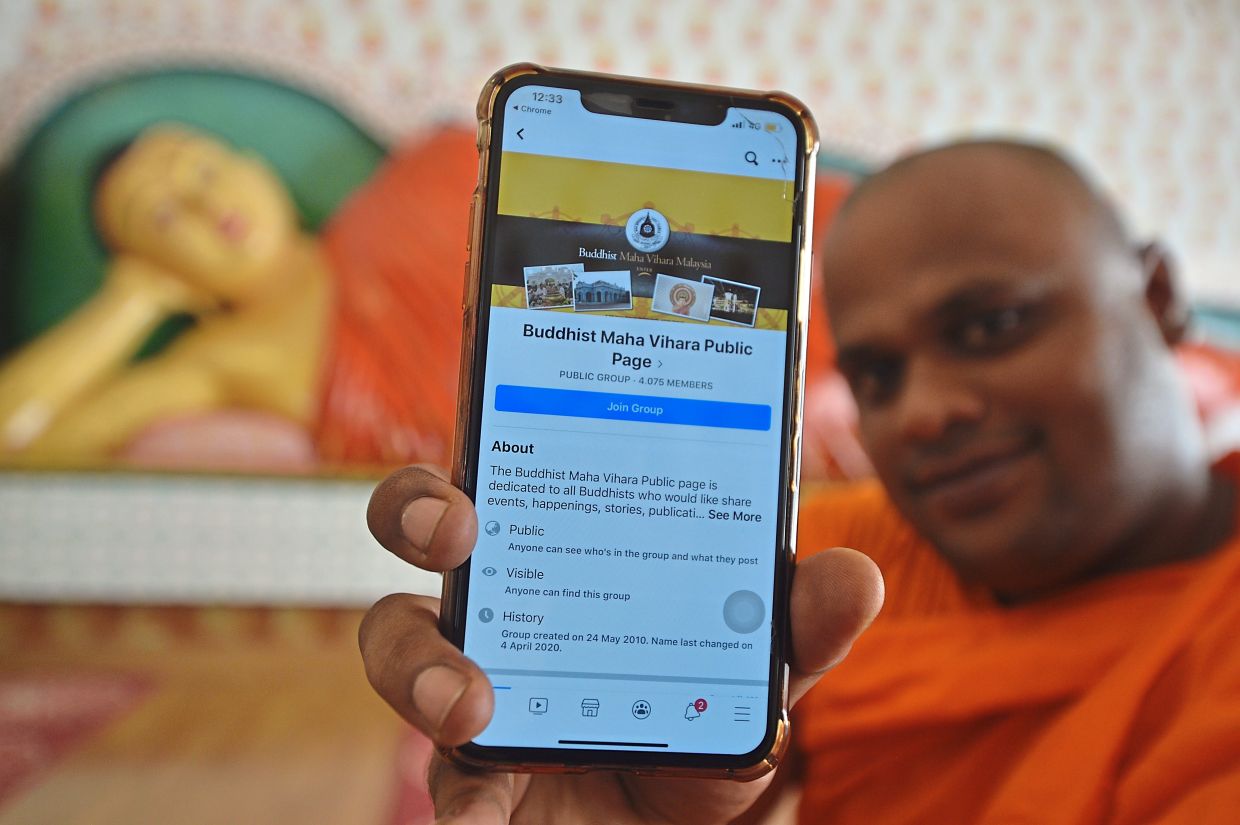
In 2020, the Malaysian Buddhist Association (MBA) prepared online programmes to help worshippers celebrate Wesak Day from home.
“Although the public is not able to go to temples to bathe the Buddha statue, they can still participate online in these auspicious activities at home through YouTube,” said honorary secretary Rev Ji Zun.
For this year’s Wesak Day, MBA teamed up with the Young Buddhist Association of Malaysia (YBAM) to jointly host an online interaction session on their Facebook page titled “How do we celebrate Wesak Day this year?” on 22 May 2021.
YBAM will also be launching interactive events such as e-bathing the Buddha, e-light offering and blessing tree from 22 May to 7 June 2021.
Wesak Day 2021
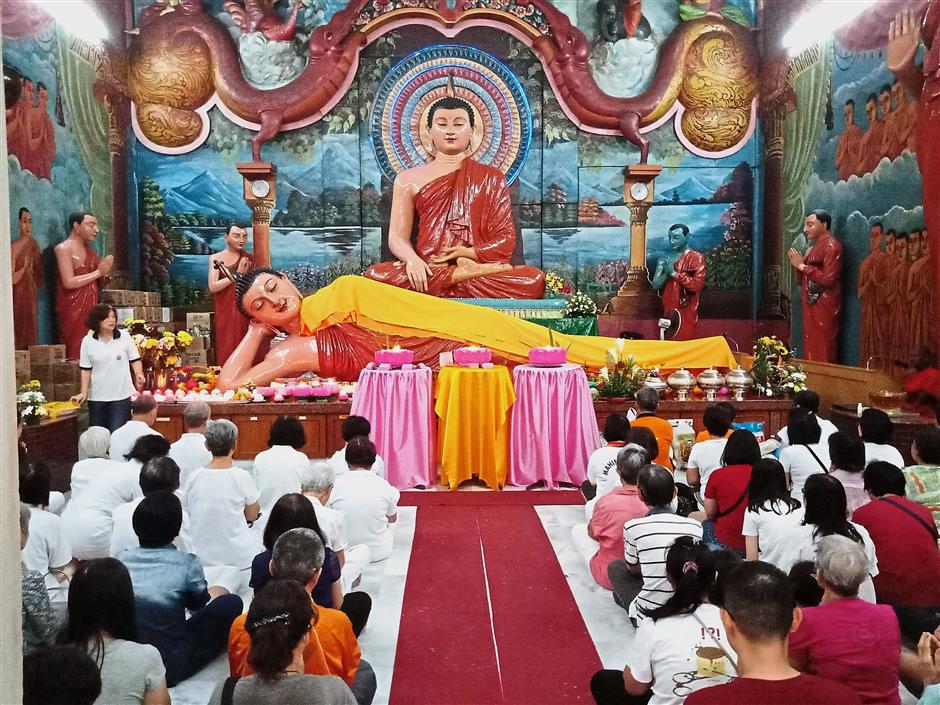
While it is inspiring to see how our faith has managed to adapt to these new times, I can’t help feeling a little sad that the situation has gotten so bad. The new online celebrations are cool and all, but it’s just not the same as being able to go out and celebrate in person.
Of course, we Buddhists are not the only ones who’ve had to adapt to the change. Just this month, our Malay friends held a much quieter-than-usual Hari Raya 2021, which has gained the moniker Cov-Eid on social media.
Although it has been a long and stressful year, this COVID-19 pandemic cannot last forever. If we act responsibly and do our part to keep the numbers down, I fully believe that we will be able to enjoy a proper Wesak Day celebration in the years to come.

